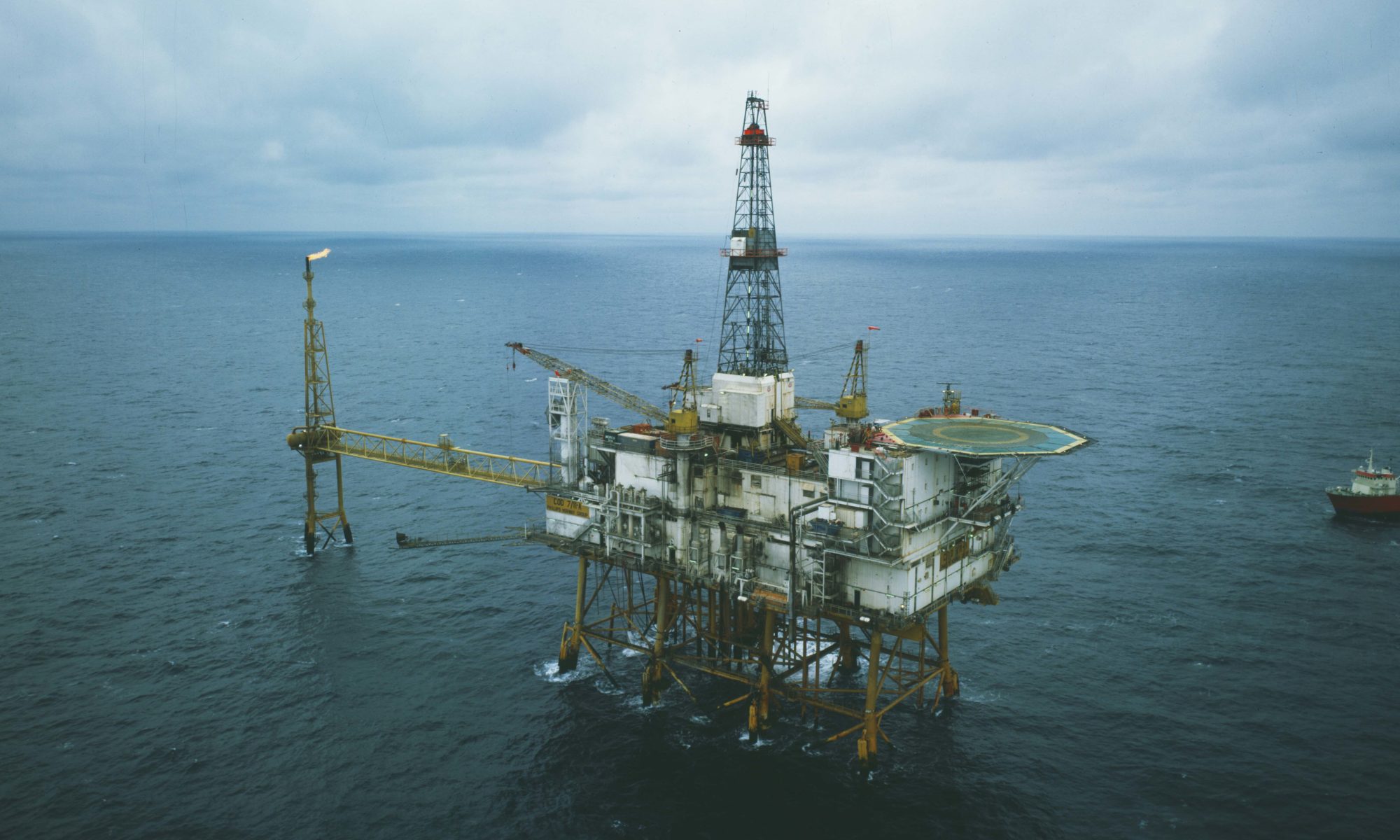Gas and condensate discovered in Cod

This was the 10th well drilled on the Norwegian continental shelf (NCS), but only Esso had previously encountered traces of hydrocarbons with a well in block 25/11.
Ocean Viking drilled the first well on 7/11 to 4 000 metres beneath the seabed for Phillips from the end of February to mid-June. Located in 78 metres of water, this ranked as the deepest well to date on the NCS.
But more wells were needed in the structure to appraise its size. Given the name Cod, this discovery unleashed a number of activities both at Phillips and with the Norwegian authorities.
The government appointed a special Cod committee to discuss what was to be done with the gas, while Phillips launched a preliminary study for bringing the resources ashore.
Since Ocean Viking was now ”booked” by the Petronord group, Ocean Traveler was chartered to drill the next wells in the Cod structure. The first of these appraisals was promising, but the next showed a smaller reservoir than expected.
The landing options explored, including pipelines to England, Scotland or Sweden/Denmark, also proved too expensive in relation to the size of the discovery. So Cod alone was not commercial.
In its report, the official committee on the find made it clear that the deepwater Norwegian Trench just off the coast presented an obstacle for landing offshore resources in Norway. But it believed that pipeline technology would be able to cope with such depths within a few years.
Ocean Viking drills off NorwayThe discovery which changed Norway
